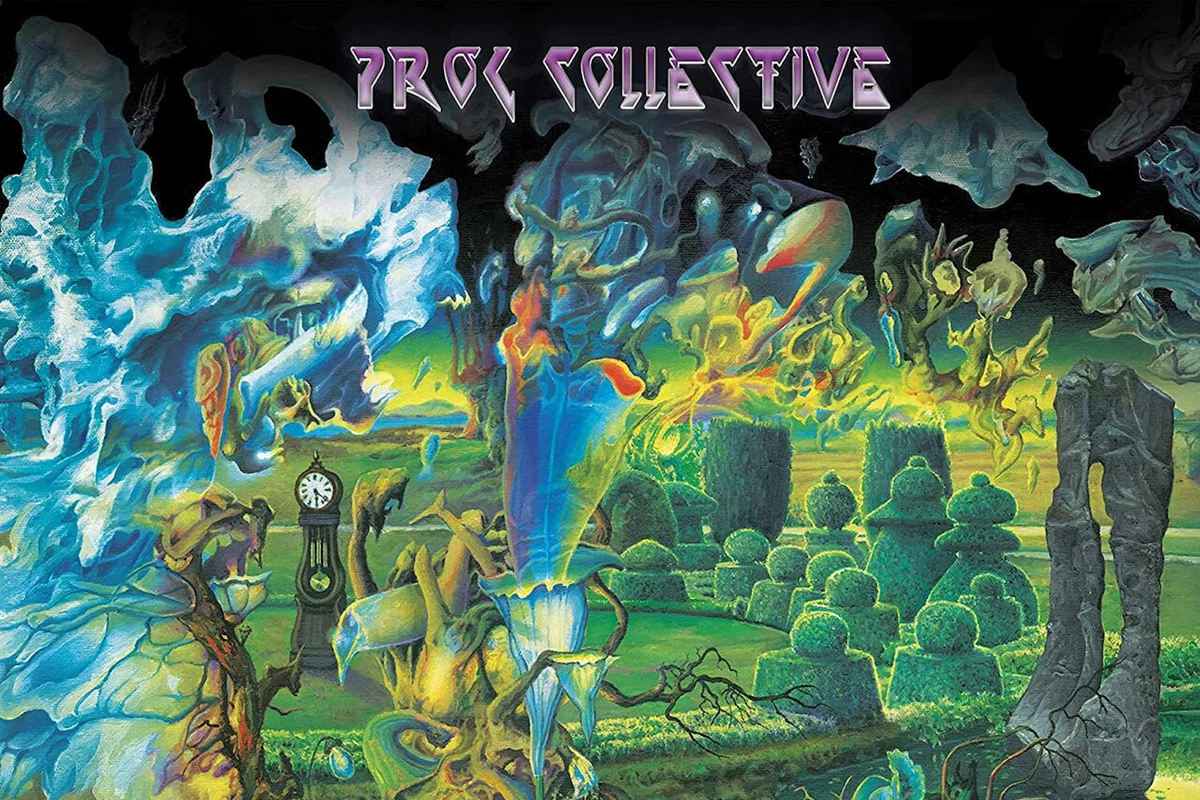Prog Collective, ‘Songs We Were Taught’: Album Review

In four albums, the Prog Collective has found a musical comfort zone. He is best described as “Billy Sherwood and friends”. A two-time member of Yes, Sherwood serves as producer and multi-instrumentalist savant on the sessions, flying in a series of shared guest tours that were at first intriguing but became somewhat confusing at times. The same, quite frankly, can be said for the featured songs.
The Prog Collective’s 2012 self-titled debut album was peppered with originals and featured assists from highly anticipated personalities like Alan Parsons, Tony Levin, Rick Wakeman and John Wetton, among others. Epilogue, released a year later, saw Sherwood build some very welcome partial Yes meetings. By the time we get to 2021 waiting world, however, the collective began to drift away from prog. Steve Hackett and Martin Barre of Jethro Tull were suddenly joined by…David Clayton-Thomas of Blood, Sweat & Tears? Each album seemed to have fewer and fewer new songs, and the selected covers barely fit the mold. During waiting worldThe New York Dolls’ David Johansen could be found performing… The Doors’ “People Are Strange”?
The group also updated “More Than a Feeling”, decidedly improvised from Boston. By its very title, Songs we were taught promises more of the same jaw-dropping incongruities – and that’s fully down to their return to well-rehearsed Simon & Garfunkel favorites Bob Dylan, Cat Stevens and the band, among others. It’s hard to imagine any of these people arriving in a aquatarkus, you know? Meanwhile, the Prog(?) Collective reunites with Guns N’ Roses’ Ron “Bumblefoot” Thal, Jeff “Skunk” Baxter and a returning Clayton-Thomas. Three other current or former members of Yes appear, but also Dweezil Zappa and Steve Morse from Deep Purple. Which begs the question: what if we just call it the Collective, without the Prog? How would Songs we were taught hold up without the weighty assumptions associated with all that moog-spinning, standing in the clouds, magician-starring, classic sweeping genre? Answer: Quite well, surprisingly enough.
Morse and Roine Stolt shared “Summer Breeze” somewhere between the original jasmine-scented Seals & Crofts memoir and the metallic ecstasy of the subsequent Isley Brothers update. Barre deftly handles her role in James Taylor’s “Fire and Rain,” even if Sonja Kristina’s voice is far too formal. Other than a few extended instrumental breaks, there isn’t much prog. That’s just as well since some of the tracks were particularly poor candidates for really progressing – including “The Sound of Silence”, “The Times They Are A-Changin'” and “It’s Too Late”. The results are as varied as the source material. Carole King’s song is one of this set’s biggest revelations, featuring gorgeous vocals from Candice Night of Ritchie Blackmore’s ren-faire folk band, Blackmore’s Night. Jon Davison and Geoff Downes turn “The Sound of Silence” into an ethereal confection – all Garfunkel’s reverie, minus the morbid wit of Simon. Wishbone Ash’s Martin Turner and fiddler Jerry Goodman don’t do much, good or bad, with Dylan.
On the other hand, Al Stewart’s “Year of the Cat” has always been well-suited for a prog bend, and Sherwood does credible work collaborating with David Sancious, who was a member of the E Street Band and backed Peter Gabriel. . Thal’s lap is necessarily the heaviest of the peloton. “House of the Rising Sun” finds Clayton-Thomas trapped in a very strange Vehicle driven by Steve Hillage. On the other hand, Rod Argent and Baxter approach “The Weight” by The Band with a much appreciated delicacy. Leaving aside these frankly idiosyncratic small achievements, the Prog Collective finds itself at a creative crossroads. Sherwood still has an impressive number of buddies. But are they out of ideas? Are they still prog? Songs we were taught does not have these answers. Maybe the next album will be.
Top 50 progressive rock albums
From ‘The Lamb’ to ‘Octopus’ to ‘The Snow Goose’ – the best LPs that dream beyond 4/4.
